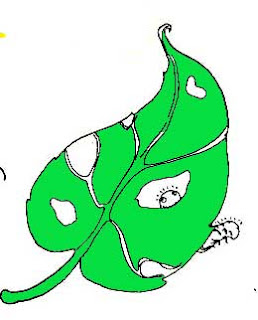
The initial investments -
Trays, Pots, Manure/organic matter/bio fertilizers, Seeds/bulbs,Soil, Tools.
A few activities - Build a shade, Raised bed, Compost bin.
The books will definitely include a section on parts of a plants, the nutrition it needs, the kinds of soil, the kinds of organic nutrients and what they provide to the soil - for instance straw would provide carbon and legumes like beans provide nitrogen. Leaf mould, peat moss, compost and manure would provide a variety of nutrients.
After digging up the soil and incorporating the organic matters one has to let the soil settle so that the organic matters can work on feeding the soil... Make sure the soil isnt wet and sticky... the perfect soild quality is crumbly and moisturised.
Double digging for trees helps them get enough space of roots to grow and the seeds should be nearer to the surface and covered with a layer of soil. One can plant the seeds in containers and then shift them to a bed later as well. (this transplantation should be made when the leaves on the plant provide shade to the soil.)
Layer soil, mulch and compost leaving the soil on top in beds. (a spades depth is what one has to keep in good condition.)
Mulching - pebbles, crushed rocks (for big trees) leaves, bark, grass clipping, manure, peat moss. - Wait for a week before mulching newly planted seeds, saplings, bulbs or plants.
Composting - To keep the composting smell to the minimum - mix and turn mixture... much like tossing salads.

Compost texture - For fastening the compost procedure tear everything to smaller pieces... avoid putting paper in the bin except for natural/ handmade paper. raised beds and compost bins can be made out of waste wooden strips for the frames and wire mesh to cover the surfaces.
Rotate leaf and root crops and grow them together.
Tomatoes and beans should not be grown together or in the same beds year after year.
There are Good bugs and Bad bugs - Some good bugs are Ladybugs,wasps, the praying mantis, lacewings. Lace wings kill aphids and attracting birds with seeds and water is a good way of keeping bugs out of the garden.
Butterflies look good and are good for pollination too but the caterpillars aren't a welcome entity in the garden. - Sulfur, lime, neem, garlic, pepper, onion and marigold extracts make for good botanical sprays.
Check your plants regularly for infections and diseases and get rid of the plants which are susceptible to diseases
Wood ash can be acquired from dhobis. Crows are a nuisance too... scarecrows aren't too helpful either.

1 comment:
In terms of Urban Composting, you can take a look at "Daily Dump" located in Bangalore and former Srishti staff Poonam, a web search will bring up their page. The main challenge for people using compost bins, is the wetness build-up. The best, least work "Lazy Permaculture" technique I've seen from this cool scientist cat from IISC, is to put a chamber into the ground with no bottom on it, just sides. This will allow worms to come in easily and manage the moisture level passively. Turning helps compost, it heats it up and makes it process faster. Another critical step in keeping smell down is having a cover with brown(carbon) material, like straw. GREAT STUFF HERE....
Post a Comment